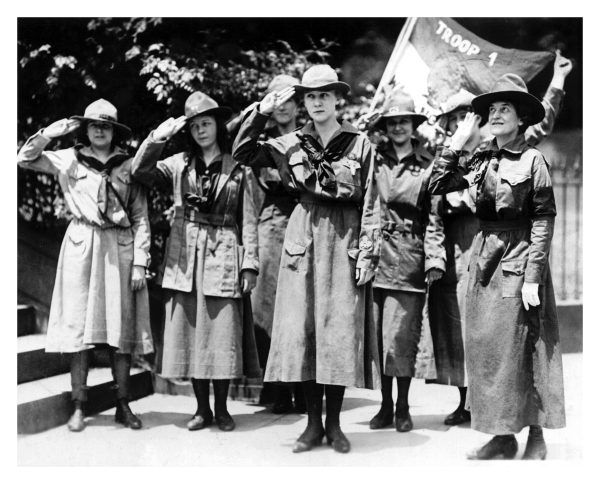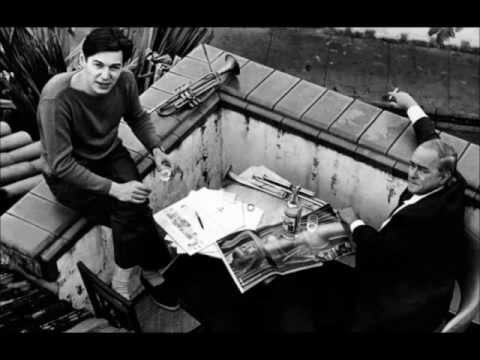In Review: Unbroken
Determined. Driven. Hero. Three words that describe the actions of Louis Zamperini in Unbroken.
The movie takes place in the 1930s and 1940s and is based on a true story that chronicles the life of Louis Zamperini: an Olympian, soldier, and war hero. Coming from an Italian immigrant family, Zamperini and his siblings had little growing up–even resorting to theft to survive. After realizing his talent for running with the help of his older brother, Zamperini went on to compete in the 1936 Olympics where he was very successful. When WWII began, Zamperini enlisted in the military where he joined the Army Air Corps as a bombardier. After his plane was shot down and crashed in the Pacific, he and his two surviving crewmen managed to survive at sea for an impressive 47 days, with only a few bottles of water and 6 chocolate bars. When they were finally “rescued,” it was much to their dismay to discover that they had not been discovered by an American ship, but rather, a Japanese barge.
After being captured by the Japanese Navy, Zamperini and his fellow crewmen were tortured for information and nearly killed. Yet they never gave up any intel. After that, they were sent to different prisoner of war camps throughout the duration of the war. In the camps, the soldiers were forced to perform brutal manual labor, despite being fed little, and receiving horrific treatment.
While at the POW camp, Zamperini became the focus of a particularly cruel Japanese prison commander called “The Bird.” The Bird made it his mission to break Zamperini, no matter what it took.
If anyone disrespected the Bird, they would be beaten in front of the other men, so as to make a statement of what would happen if they were to disobey the authority.
The Bird had a particular hatred for Zamperini. This stemmed from the fact that Zamperini was not like the other men in the prison camp. He would not just go along with whatever they were telling him to do. He would make eye contact with the Bird when he was supposed to look away. He would not get beaten down by the horrid conditions. He would persevere despite the surmounting obstacles.
Regardless of what happened, Zamperini was determined that he would make it out of the work camp and eventually return home. Nothing that the Bird, or anyone for that matter, did, could break his spirit.
Things started to look up for Zamperini when he was transferred to a different prison camp–one where the Bird was not in charge.
However, this victory was short-lived, as Zamperini later moved to another camp that the Bird was in charge of.
While working in the POW camp one day, Zamperini noticed that one of the other men was struggling to lift the heavy planks they were expected to carry. Zamperini decided to help him, as the plank was about to crush the man because it was too heavy for him to lift on his own, as he was weak from poor nutrition.
The Bird was irate when he saw this. The carrying of these planks was more than just a job to do, it was meant to work them until they had no fighting spirit left. To break them.
Once again, the Bird saw that Zamperini was not going to give in to the temptation. Except this time, he wanted to make a grand spectacle of it.
After beating him extensively to the point of nearly killing him, the Bird still felt it wasn’t enough. He ordered Zamperini to hold one of the largest wooden beams in the air without dropping it. If Zamperini were to drop the beam, he would be shot.
Despite the fact that Zamperini was battered, bloody, and could hardly stand from malnourishment and being beaten so badly, he rose to the challenge.
Not only did Zamperini manage to hold the beam high over his head, but he did so for over 37 minutes until he collapsed–every last ounce of his energy drained.
At this point, the war was nearing an end, and Zamperini had been in POW camps for over 2 years.
After being liberated, Zamperini went back home and got married, and later had 2 children. However, he was constantly haunted by the images of what happened to him during his time in the POW camps.
One of the most powerful aspects of Zamperini’s story, however, was his ability to forgive all of the people that treated him so poorly and caused him so much pain.
Nearly 20 years after he was tortured, beaten, and nearly killed, Zamperini demonstrated his gracious, forgiving spirit and went back to the same camps in Japan, where he met with their former commanders. All of them–except for one.
The Bird was the only one who refused to meet with Zamperini. A man who once deemed himself powerful was now too cowardice to look into the eyes of forgiveness and renounce his transgressions.
The most phenomenal aspect of Louis Zamperini’s story is his ability to keep fighting, even when the Bird was trying so hard to break his spirit.
The movie does an excellent job of conveying Zamperini’s story. The casting is excellent, with Jack O’Connell as Louis Zamperini, and Miyavi as the Bird. Also, the cinematography is stellar, as the movie was filmed in various parts of New South Wales.
By far the best aspect of the movie, however, is the story that it is telling. This is helped in part, by the fact that the directors and producers worked with Zamperini himself to ensure they were properly capturing every detail of the film correctly. This allowed for it to truly tell Zamperini’s story, and to show the world what an amazing hero Louis Zamperini was.







